The Mona Lisa, Leonardo da Vinci’s stoic portrait and one of the most valuable paintings on earth, came to America during the winter of 1963, a single-picture loan that was both a special favor to Jackie Kennedy and a symbolic tool during tense conversations between the United States and France about nuclear arms.
The first stop was the National Gallery in Washington DC, where over a half million people spent hours in line to gaze at the famous smile.
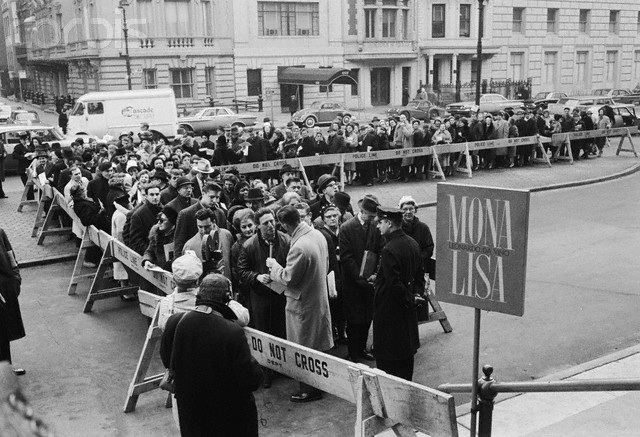
Then, on February 7, 1963, she made her debut to the public at the Metropolitan Museum of Art in the medieval sculpture hall, for a month-long exhibition that would become one of the museums most attended shows in history.
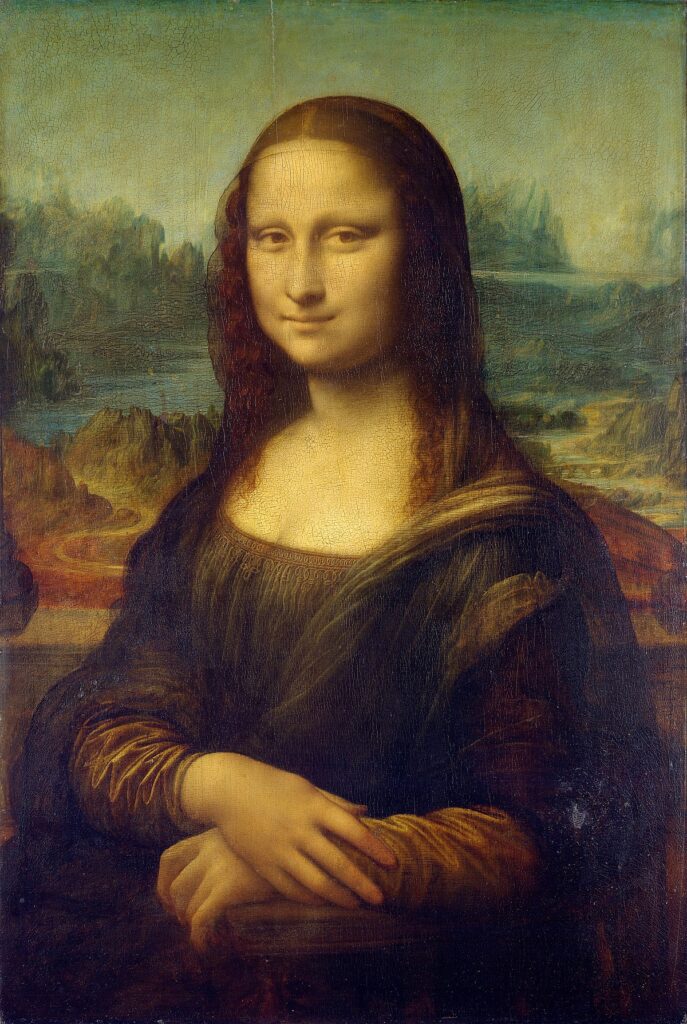
In the second half of this week’s show, we’re joined by Patrick Bringley, a former security guard at the Metropolitan Museum and a current tour guide. His book All The Beauty In The World: The Metropolitan Museum and Me, published by Simon & Schuster, recounts a decade of purpose, sorrow and epiphany while working in America’s largest museum.
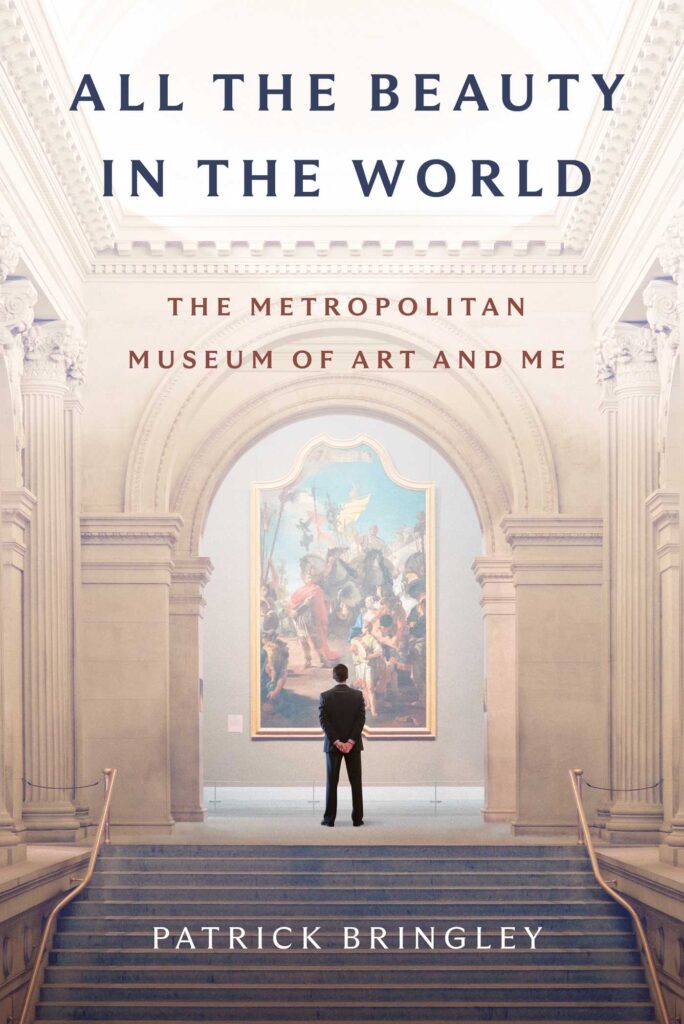
He’s making the rounds! Read this excellent New Yorker profile A Museum Soup-Thrower’s Worst Nightmare and listen to him on NPR.

For more information on the history of the Metropolitan Museum of Art, check out our podcast from last fall celebrating the museum’s 150th anniversary:
And for some dazzling backstory on the Mona Lisa and just exactly why she’s so famous, check out the Gilded Gentleman’s podcast The Theft of the Mona Lisa, Paris 1911.
Here’s an excerpt of the article in which this week’s podcast is based:
On that first day, thousands lined up outside in the freezing cold to catch a glimpse of the iconic painting; the first in line, a taxi driver named Joseph Lasky, got there at 4:30 in the morning.
By week’s end, already a quarter of a million people had visited the museum to see the Italian masterpiece.
Accommodating such a famous painting required some unprecedented changes in protocol. As a favor to the two governments, no admission fee was charged to view the painting, and weekday hours were extended until 9 pm each night.
Thousands of schoolchildren crammed the museum every morning, funneling by the modest-sized painting in a daze.
Museum director James Rorimer told the New Yorker, “The dirt we expect, from them and everybody else! The accumulation of dust from scuffling shoes! We’ll have literally balls of dust.”
From reports, it sounds like they got the dust and air quality under control. The painting was secured by bulletproof glass and a couple Secret Service agents.
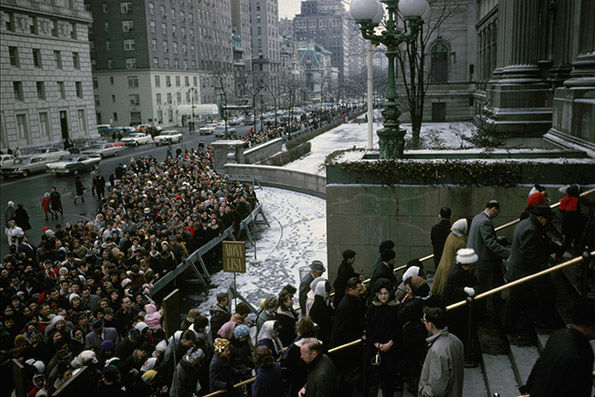
But the museum sprinkler system almost created an international incident by nearly destroying the painting in an unplanned shower.
According to a memoir by former museum director Thomas Hoving, he arrived at the museum storeroom one morning to find people frantically scurrying around with towels.
“No one ever discovered why, but some time during the night one of the fire sprinklers in the ceiling broke its glass ampoule….The Mona Lisa, according to the Louvre official, was ok. He told me that the thick glass covering it had acted like an effective ¦raincoat.”
That incident was never leaked to the press.
Actually, this would have been a good time to conceal something from the media as there was a newspaper strike at this time, shuttering many publications.
By the time the painting was packed up aboard the US United States for her journey back to the Louvre, the Mona Lisa had been seen by well over one million people.
According to the New York Times, the museum was able to identify the one-millionth visitor — one Arthur Pomerantz of New Rochelle — who was given a reproduction of the painting and gifts for his children.
The final tally, according to the Times:
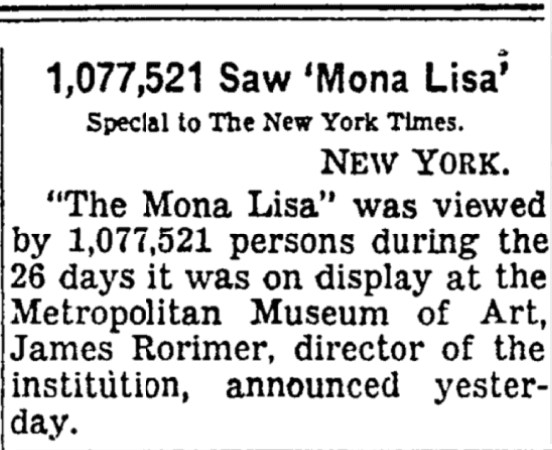
This article was originally published on this site in July 2013.

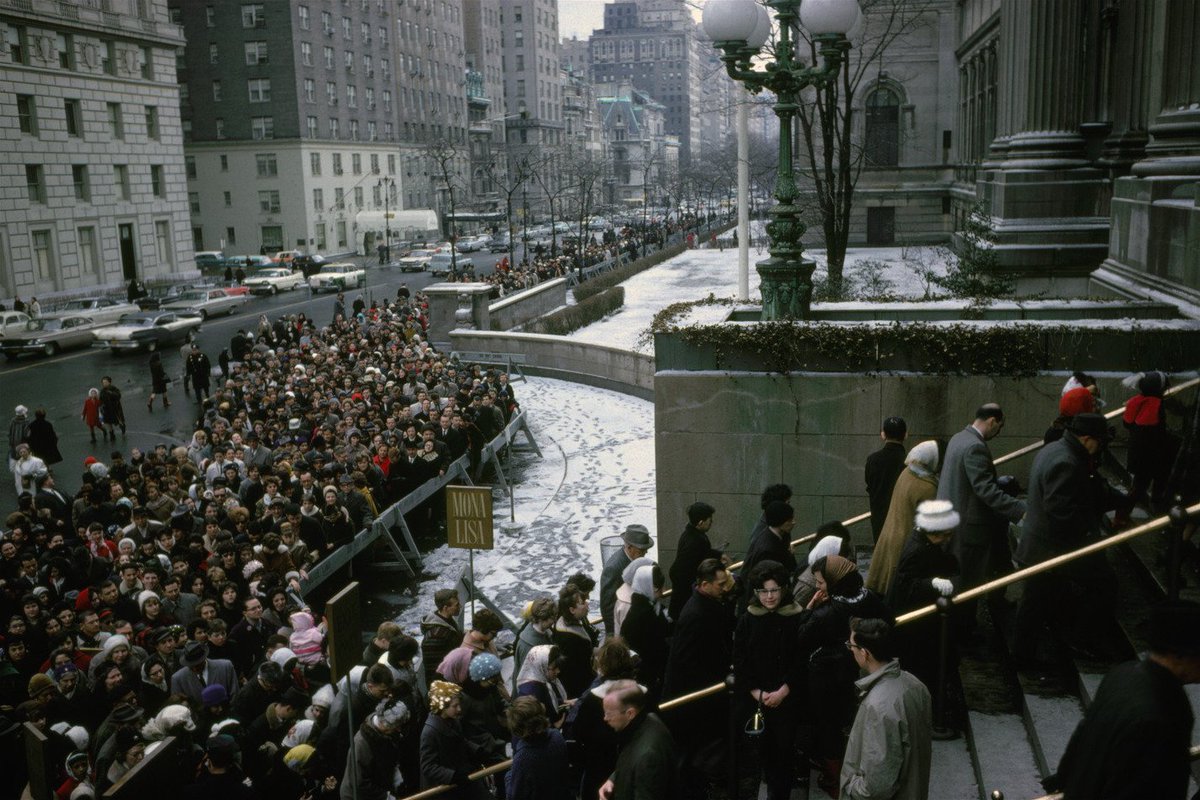
7 replies on “The Guarded Smile: Mona Lisa at the Metropolitan Museum”
Would love to hear more about the faux Pieta from the World’s Fair that’s still at the Queens Museum.
Pieta at St Peter’s in Rome
I still have the booklet from that exhibition!
Hello, I’m Joseph Lasky son, he was a wonderful guy and loved all of the arts.
I was there, too on that freezing February morning, 1963. I went with my school, and I remember standing in front of that portrait completely in awe. I was only 8 years old, and my passion for the arts was born that very day. In 2014 I paid Mona another visit at the Louvre. I bet Joseph
I was one of the lucky ones who was also captivated by her. The following year on a second class trip we saw Michelangelo’s Pieta in the Vatican Pavilion at the New York World’s Fair! Many years later I saw Lisa again in La Louvre and was amazed at the huge crowd.
As a result of these fortunate events I spent my long life enjoying countless art, history and other museums in the U.S., Canada and Europe!
I saw the MONA LISA at the Louvre with a small crowd on a dull winter day in Paris. I loved seeing it and was shocked by its small size. I was in art school in NYC and on winter break. This line up in NYC in 1963 at the Met is so enormous and people were full of expectation! Two different ways of seeing the portrait that has been admired and analyzed for years.